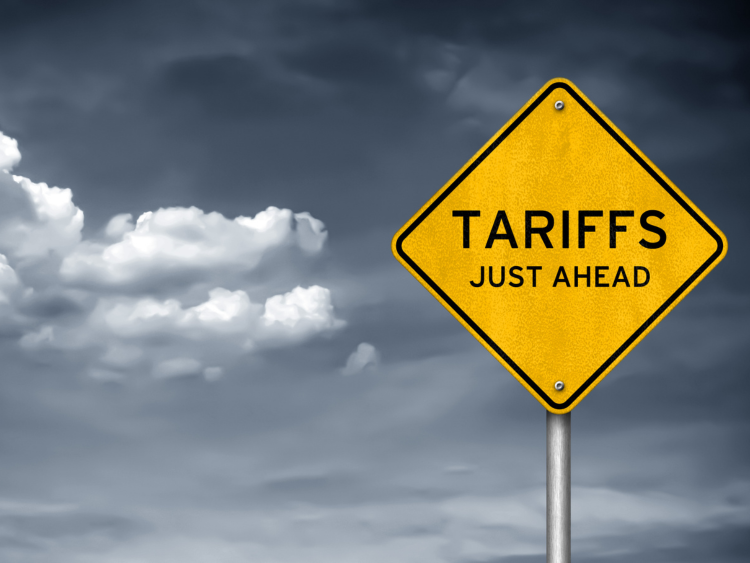Government/Policy

Commerce delays initial CVD decision in coated case
Written by Laura Miller
November 12, 2024
At the request of domestic petitioners, the Commerce Department has postponed its deadline for setting preliminary countervailing duty (CVD) margins in the coated steel trade case filed on Sept. 5.
Legal counsel representing Steel Dynamics, Nucor, U.S. Steel, Wheeling-Nippon Steel, and the United Steelworkers petitioned Commerce on Nov. 4, asking that it push back making its preliminary CVD determination, which had been scheduled for Nov. 29.
The petitioners said it was necessary to ensure Commerce has enough time to adequately analyze all the information submitted by respondents in the case.
According to a filing dated Nov. 7 that has yet to be officially published in the Federal Register, Commerce found that it had “no compelling reason to deny the requests” and would therefore push its decision to Feb. 3, 2025.
The agency will not issue preliminary CVD margins for coated imports from the countries under investigation for allegedly receiving illegal subsidies until that time. Those countries include Mexico, Canada, Brazil, and Vietnam.
Anti-dumping case
This deadline extension does not apply to the antidumping portion of the coated steel investigations.
But it’s highly likely that Commerce will do the same for the AD portion, due to the complexity and vastness of the cases.
Recall that 10 countries are under investigation for supposedly dumping corrosion-resistant (CORE) steel in the US market. Those include the four mentioned above, as well as Australia, the Netherlands, South Africa, Taiwan, Turkey, and the United Arab Emirates.
If the AD case is also pushed back, Commerce would then make its initial and final decisions by Apr. 3 and June 17, respectively, and the International Trade Commission’s final injury ruling would be made by Aug. 1.
Why it matters
Commerce’s delayed decision is important as it affects the dates when the collection of duties begins. SMU has heard that some companies are rushing to import as much galvanized and Galvalume sheet steel as they can before duties are assessed.
CBP typically begins collecting duties after Commerce issues its preliminary margin decisions. As it stands now, that will be Feb. 3 for the CVDs and Feb. 12 for the ADs. (A postponement in the AD case would push those initial determinations out to April 3.)
If petitioners allege and Commerce affirms that critical circumstances exist in these cases, duties would be applied retroactively 90 days before Commerce’s preliminary determinations. This would push the duty collection start dates to Nov. 5 for CVDs and Nov. 14 for ADs. (If the AD case is delayed and critical circumstances exist, duty collection would begin Jan 3.)

Laura Miller
Read more from Laura MillerLatest in Government/Policy

Leibowitz: Is the China truce real or a Band-Aid?
US President Donald Trump and Chinese President Xi Jinping on Thursday had a much-anticipated meeting. Is it only a hiatus in the trade war, or did it really change the situation? I suspect the former, I but hope for the latter.

Price on Trade: The foolishness of free trade with controlled economies
It was only a matter of time before a shutdown happened. And, no, we aren’t talking about the federal government’s lapse in appropriations. On Oct. 9, Beijing announced a series of restrictions that will effectively shut down exports of rare earth elements, magnets, and certain downstream products vital to advanced manufacturing.

Trump pulls plug on trade talks with Canada after anti-tariff Reagan ad
US President Donald Trump took to social media late Thursday night to announce he was canceling trade talks with Canada.

Leibowitz: Renewed trade war with China over rare earths
On Oct.10, President Trump announced major increases in tariffs on Chinese goods. The trigger was a new regime of export controls on rare earth metals and products using those elements, including magnets, capital equipment, and catalysts for catalytic converters in cars and trucks.

Industry piles on new Section 232 steel derivative inclusion requests
The Department of Commerce received 97 submissions from producers, manufacturers, and groups seeking Section 232 tariff coverage for steel and aluminum derivative products.
